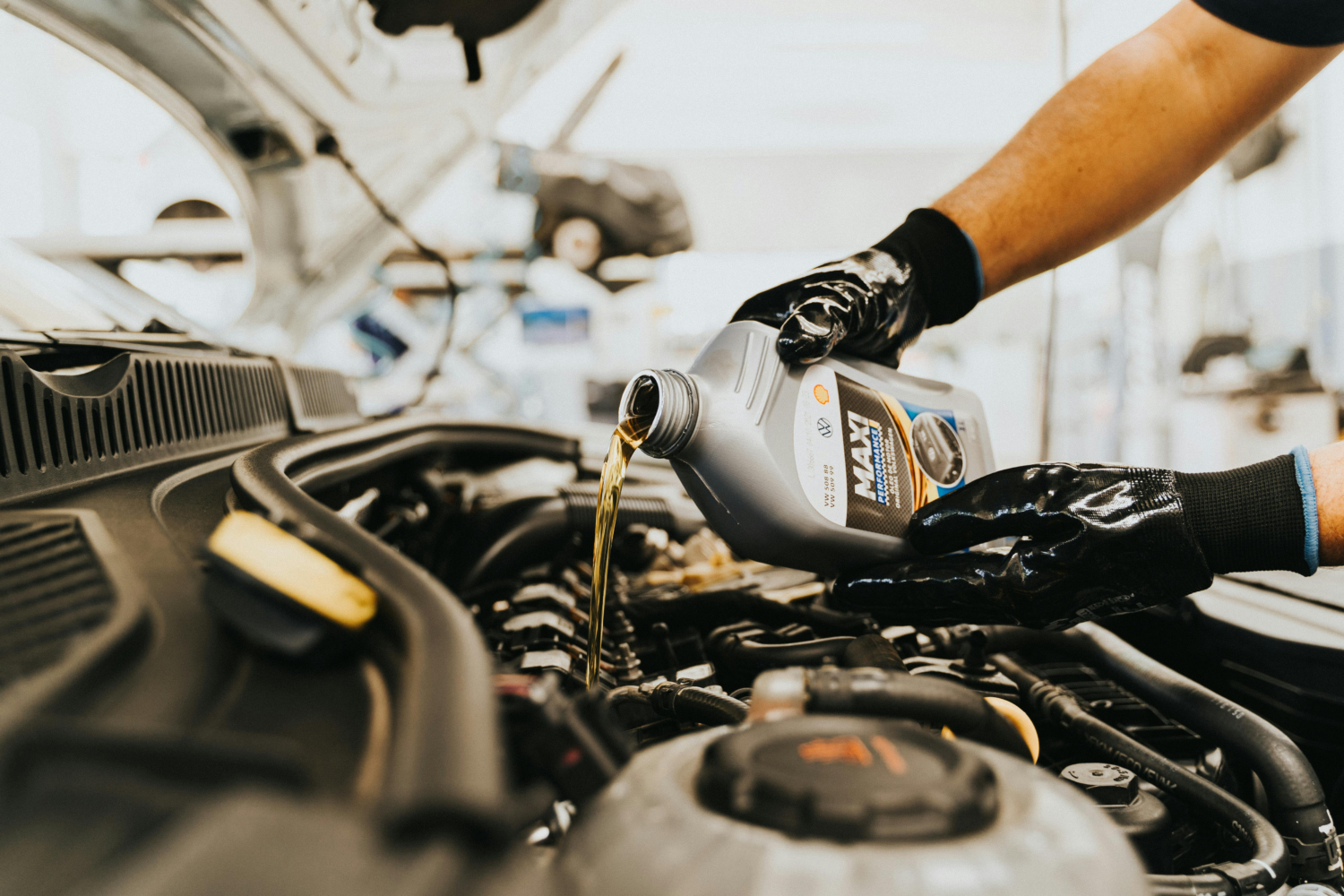Changing engine oil at the right time matters greatly for your engine health. There remains a misconception regarding the right time interval for changing an oil. Some people follow the manufacturer’s guidelines, and some rely on any external information provided to them from outside of the manufacturer’s premises.
However, the right concept regarding the oil change remains in darkness. In this article, I will guide you to the righteous concept associated with the car oil change. By following this concept, you can easily extend your engine life, and enjoy long-lasting ride quality.

Key takeaways:
- Answer to the most asked question i.e. when to change an engine oil?
- Tips for monitoring engine oil to ensure the excellent condition of the engine.
- Tips for checking the health of engine oil.
- Difference between the theoretical concept, and the practical concept.
Coming to the point, when to change an engine oil. You must have observed some people strictly following the manufacturer’s guidelines. They are doing right but a problem arises here. The problem is that theoretical concepts differ somehow from practical concepts. For example, theoretically, the manufacturer has set the guidelines to change your engine oil every 5000km.
But practically this might be not a good practice for your engine. Because if you drive in severe weather conditions, and severe road conditions (you drive on hills, or in harsh traffic conditions), you will have to change your oil before 5000km. Because oil’s lubricating ability decreases with its movement in the engine, and a time comes when oil fails to lubricate the engine and you keep on driving because you have set the threshold to 5000km.
Therefore driving your car on the oil which no longer processes lubricating properties will cause friction in moving parts of the engine, and ultimately it will result in a huge wear and tear of the engine components. So if you have extensively driven your car in harsh conditions as mentioned above, then you must change your oil in between 2500-3000km.
But if you drive in mild weather conditions and you drive on smooth roads, then you can rely on the manufacturer’s guidelines. Therefore to conclude, the manufacturer doesn’t know in what conditions you are driving. So it’s up to you to decide in this regard.
The simple method to decide this is to put some engine oil drops from the oil stick onto your thumb and index finger, then rub your thumb and finger. If you don’t feel any friction it means oil has lubricating properties. But in case you feel the friction between your thumb and fingers, then immediately change your oil.
For instance, keep your one hand clean and rub its thumb and finger, you will notice a considerable amount of friction. At the same time rub your thumb and finger of the hand on which you have put oil drops. Then compare the friction felt from both hands. It would be much easier for you to conclude whether your oil needs to be changed or not. Try it practically, if you don’t get it from the written text.




Leave a Reply